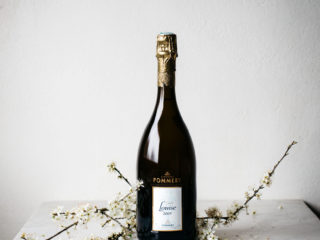PART 2
OUR GREAT KNOW-HOW

Quality as requirement
It is our duty and responsibility to show the utmost respect for the environment and the ecosystems that make up Champagne’s protected designation of origin. This designation, which has existed now for many years, has seen its importance strengthen over the last 15 years as concerns over sustainability and ecology have become key indicators in our activities’ development.
Since 2014, and thanks to numerous efforts, our vineyard has held the double label «Sustainable Viticulture in Champagne» and «High-Value Environmental». In fact, a significant part of the Vranken-Pommery Monopole group’s vineyard has started, since the harvest of 2020, their conversion to become fully organic. This transition will take effect in over 175 ha among the 285 ha managed by the group in the Champagne region.
“Since 2014, our vineyard has held the double label Sustainable Viticulture in Champagne and High-Value Environmental“

The transformation will take a minimum period of three years, and will be progressive, allowing for our vineyards, and the comprehensive infrastructure necessary for this type of demanding viticulture, to adapt naturally to the change. This important decision is the culmination of many years of large-scale experimentation throughout of our vineyards.
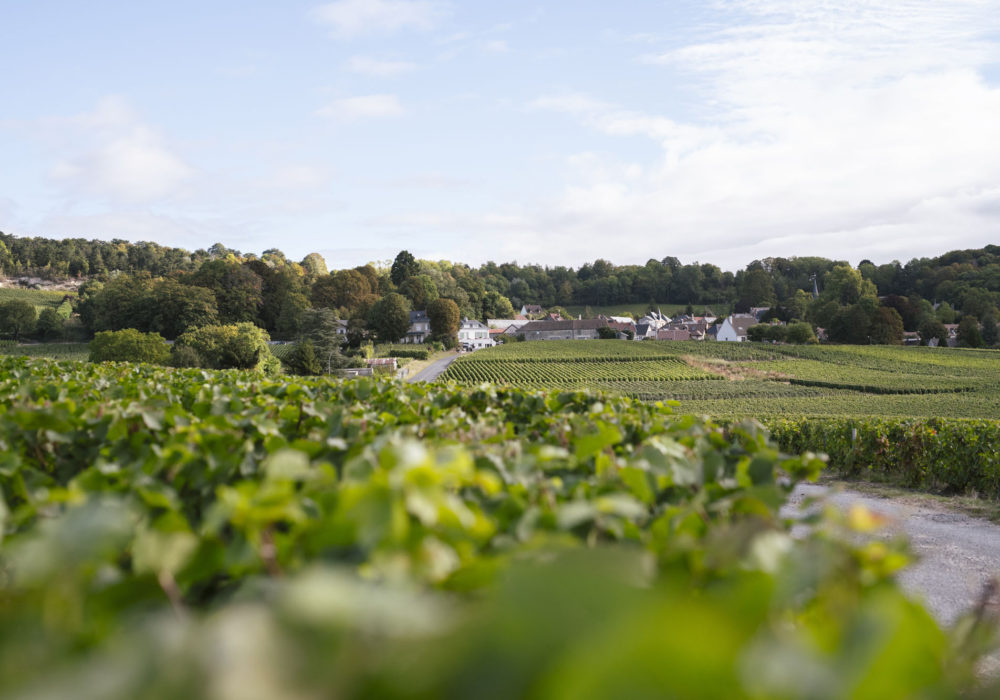
“Pommery is transitioning over 175ha among its 285ha to become fully organic”
The Qualitative Pyramid
Producing quality Champagne is a delicate exercise in balancing multiple variables such as the variety of grapes, the quality of the annual harvest, the selection and assembly of vintages for blends, the time spent ageing in our cellars. It requires precision and care to achieve the subtle and distinctive nuance that makes the Pommery flavor unique. We believe in the founding principle that the selection of vintages that make up the blend, assembled and aged patiently in our cellars, and not the dosage, is the source of the wines’ distinctive characteristics.
“The Pommery Brut Royal blends together nearly forty different Champagne vintages”

The Pommery Brut Royal blends together nearly forty different Champagne vintages. The Millésimé, however, is made from 7, 100% grands crus wines. The Cuvée Louise, our most refined vintage, is a blend of three of the most delicate grands crus: Aÿ, Avize and Cramant.
Grands Crus wines in our Millésimé Champagnes
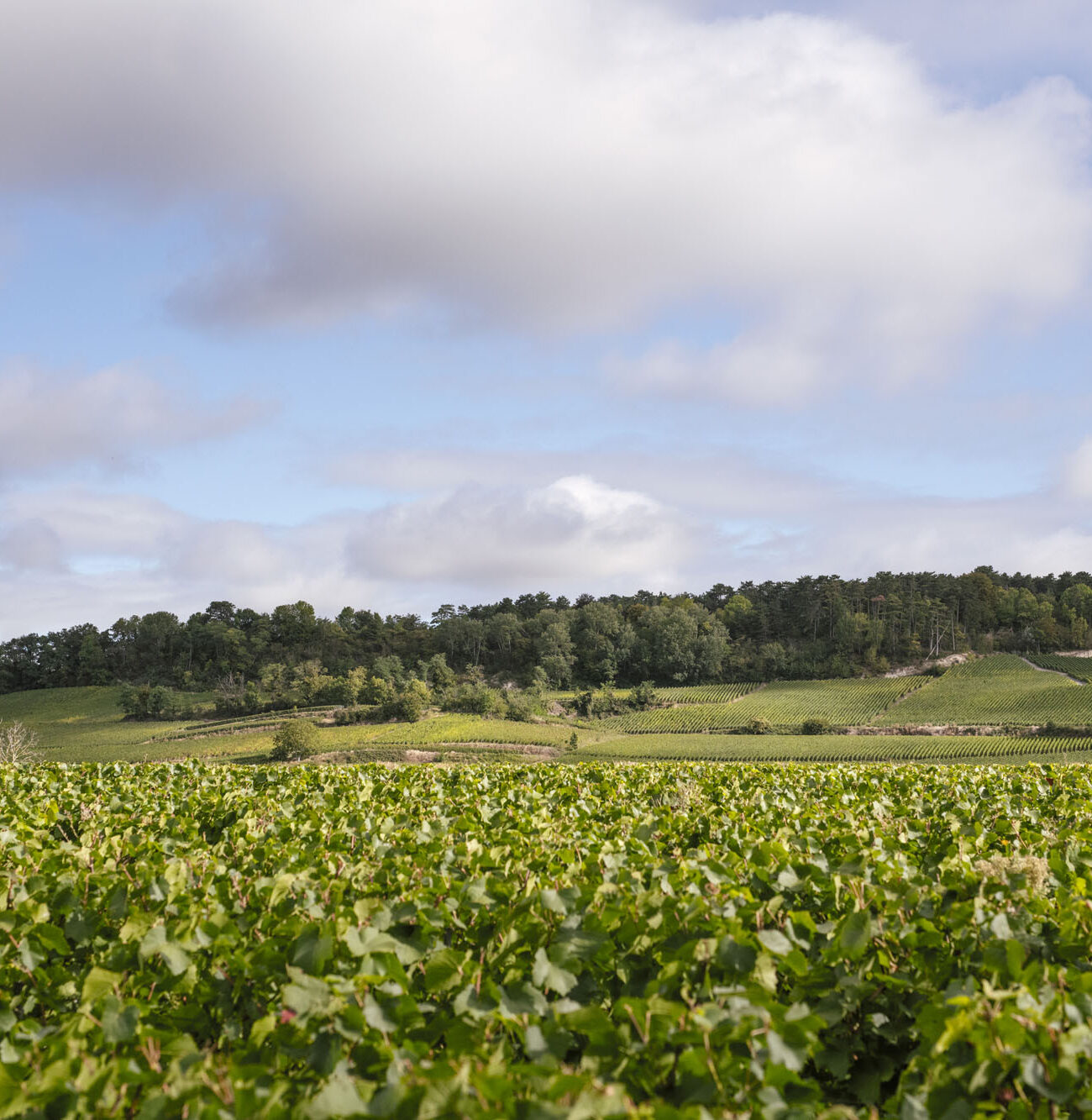
The Pommery Style: Natural Elegance
Much like the many cellar masters before him, Clément Pierlot expresses the terroir’s immense variety with excellence and precision, always in harmony with the region’s symphony of nuances and specificities, forever nudging a legacy, pioneered by Madame Pommery, into modernity.
It is beneath the grand wooden structure of the 19th-century cellar that the very first fermentations are completed. In the first half of October, the alcoholic fermentation process results in still, non-sparkling wine, which is tasted by oenologists in order to maintain pristine quality.
“Clément Pierlot expresses the terroir’s immense variety with excellence and precision”
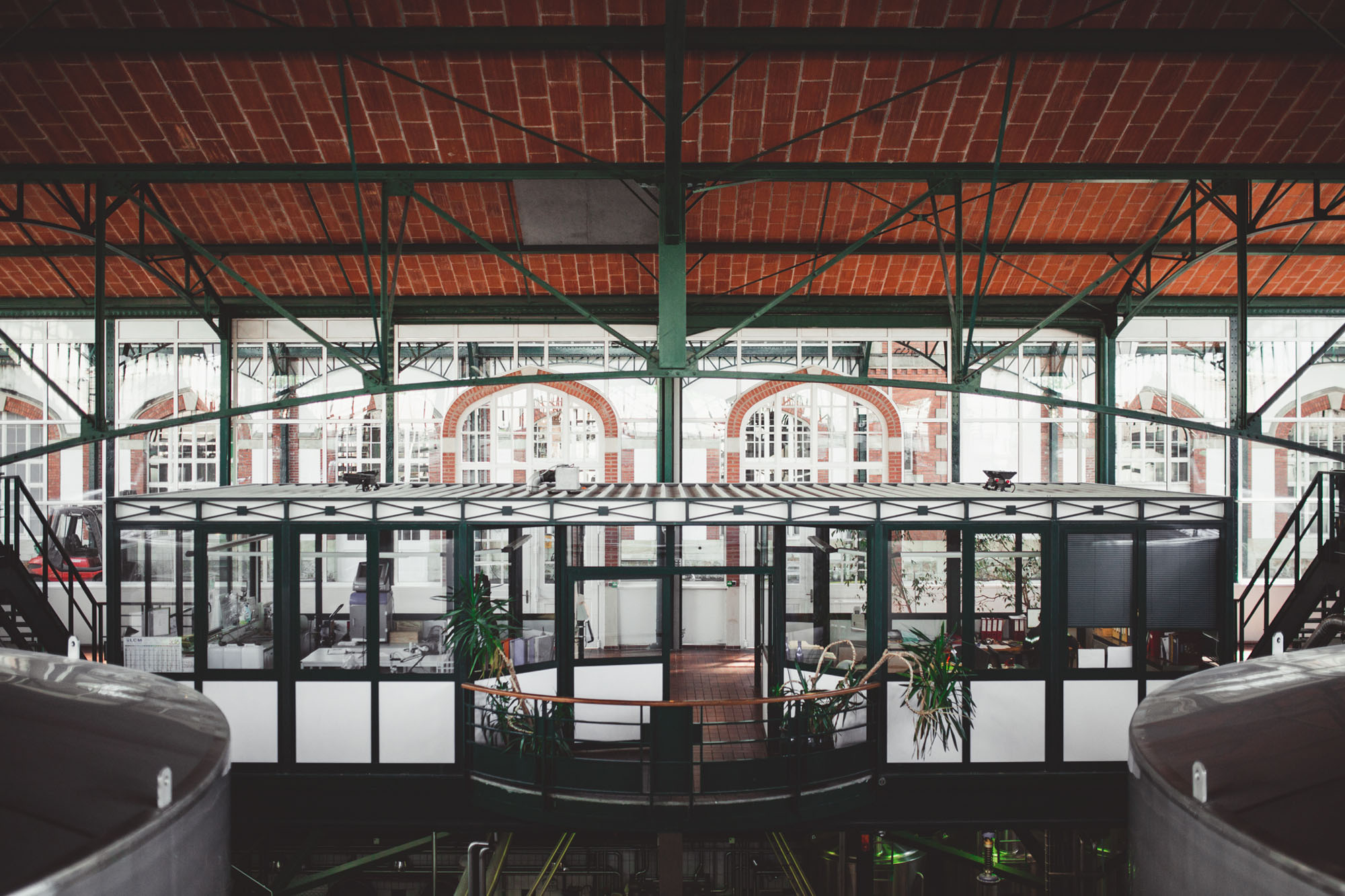
“We recreate, year after year, Pommery’s distinctive aroma and flavour”
The Blend
Blending is a a key step in the production of Champagne and is completed by the Cellar Master, Clément Pierlot, with the support from his oenologist team. Working with a range of vintages, he carefully and precisely recreates, year after year, Pommery’s distinctive aroma and flavour, ensuring a quality and style that carries on.
"Blending is a a key step in the production of Champagne and is completed by the Cellar Master, Clément Pierlot"
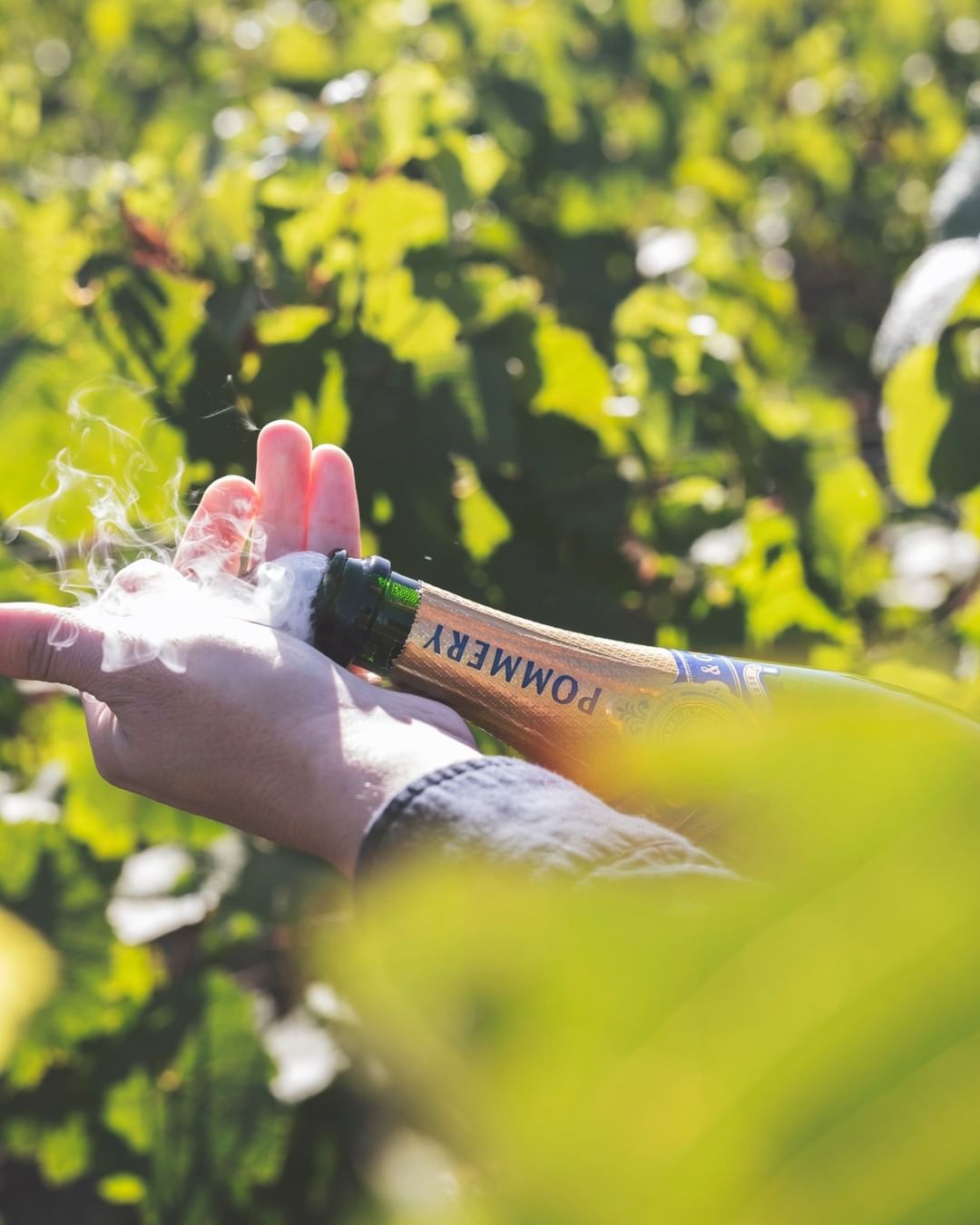
Ageing in our Cellars
Years of ageing are necessary for the aromas to fully develop. Deep in the cellars, all the conditions come together, making it possible for our vintages to reach their maturity. Preserving the humidity in the summer and restoring heat in the winter, chalk acts as a perfect temperature regulator: with a constant temperature of 10 °C, ideal carbonation is achieved, the wine is aged perfectly, and Champagne is created.
The wine then undergoes a second alcoholic fermentation process which results in more carbonation and the development of Champagne’s characteristic bubbles. Having consumed all of the sugar to produce the bubbles, the yeast settles along the side of the bottle. It is this yeast sediment that, upon contact with the wine, gives it its bouquet and rich aromas.
Degrees Celsius: The ideal temperature for carbonation
“Deep in the cellars, all the conditions come together, making it possible for our vintages to reach their maturity”
Patience is a Virtue: Ageing in our Cellars
Precision and delicacy
Once the wine has reached maturity, the time has come to remove the yeast sediment from the bottle. In preparation for this step, each bottle is regularly turned while angled downwards. The lees slide along the side of the bottle, moving from the body, and gathering in the neck.
Once the sediment is removed in a process known as disgorging, the bottles enter the final step in the Champagne-making process, known as dosing. Before the bottle is recorked, an “expedition” liqueur is added, which is composed of reserve wines, and sugar.

NEXT
PART TWO
Discover
Discover the Cuvées
Discover
“Discover the other Cuvées and experience the Domaine Pommery”






